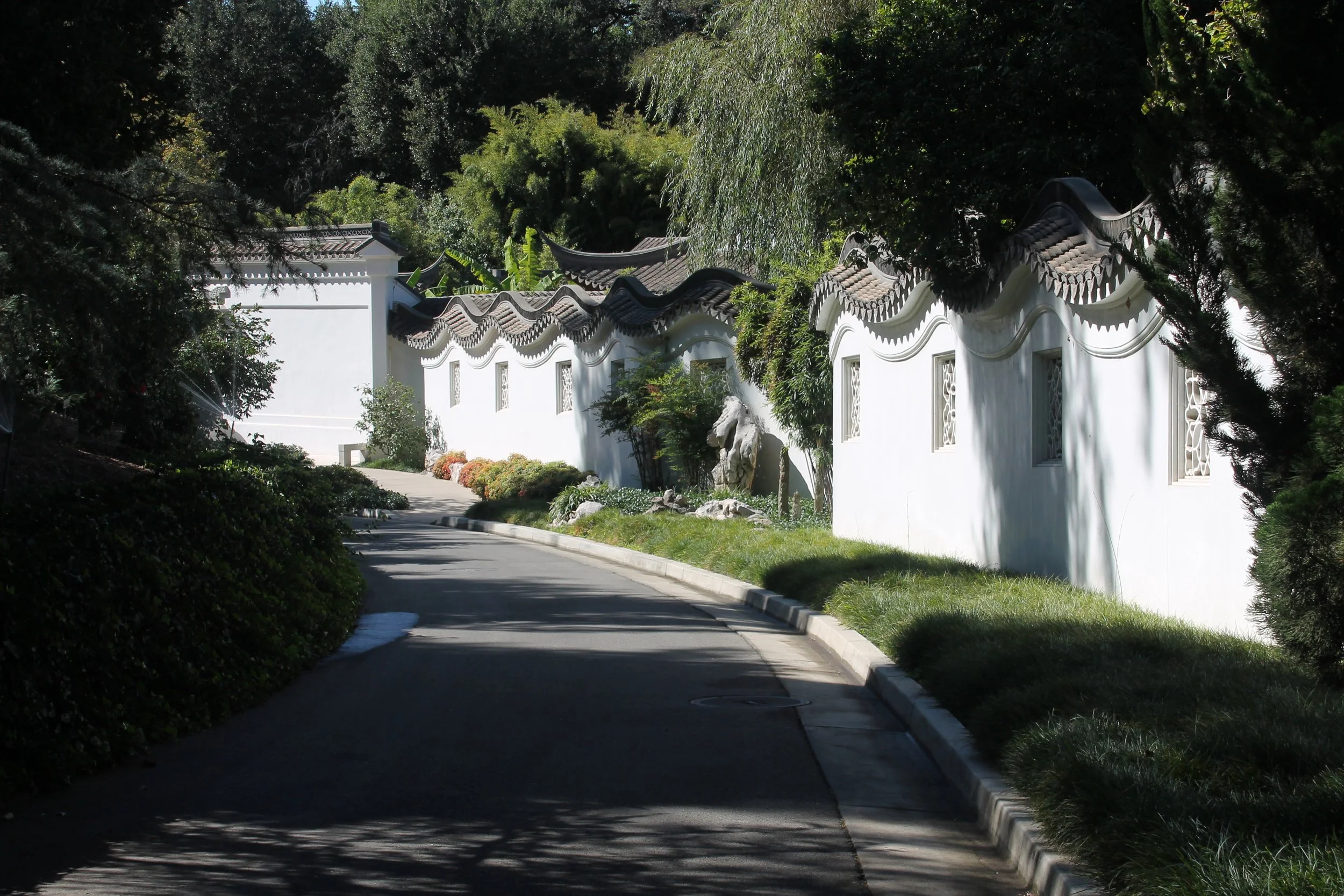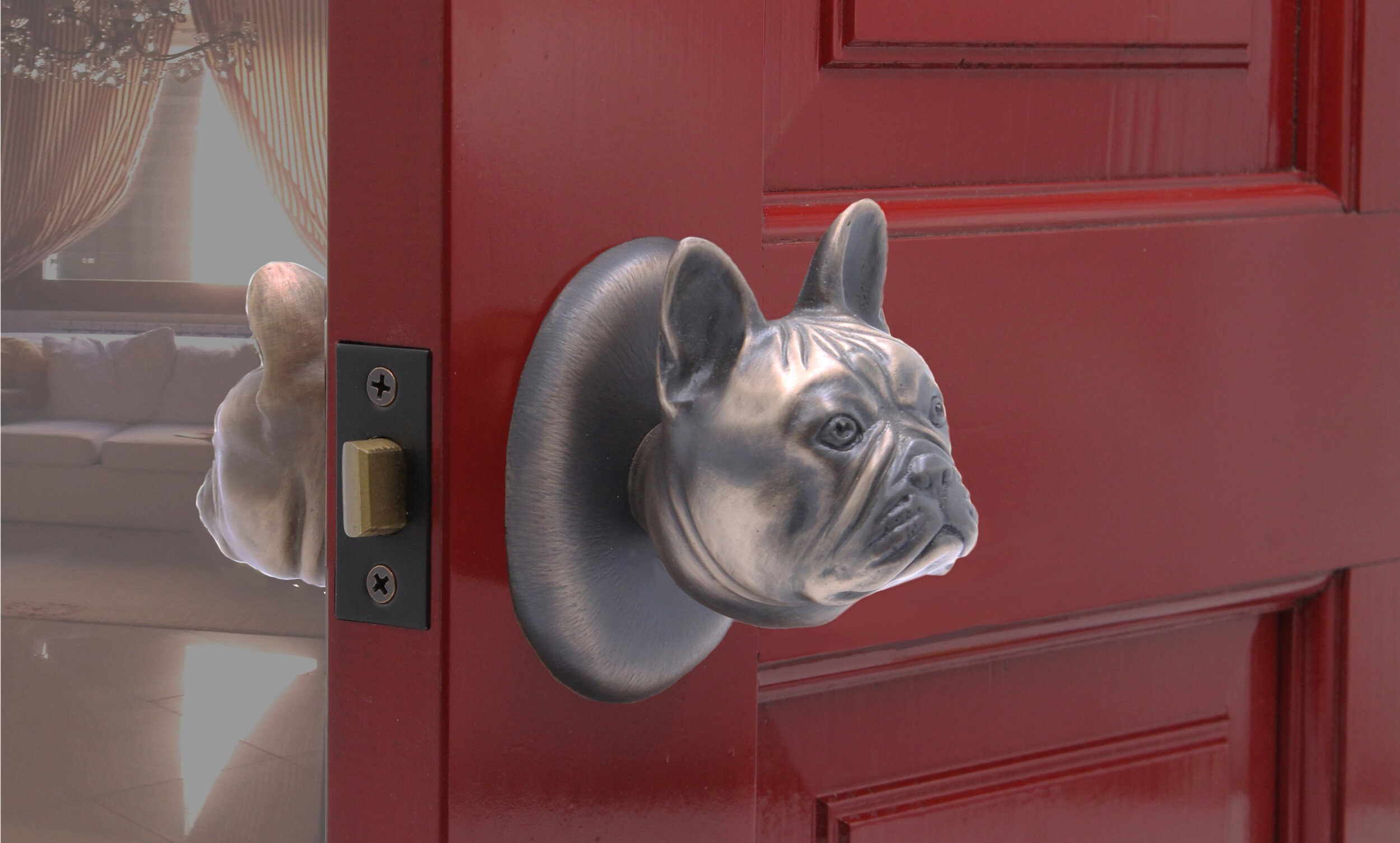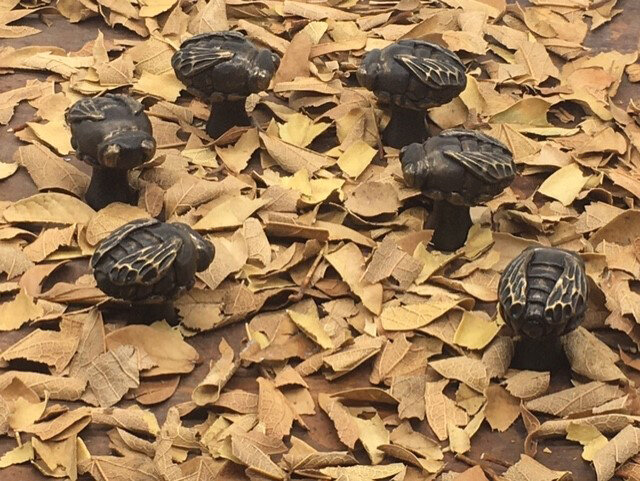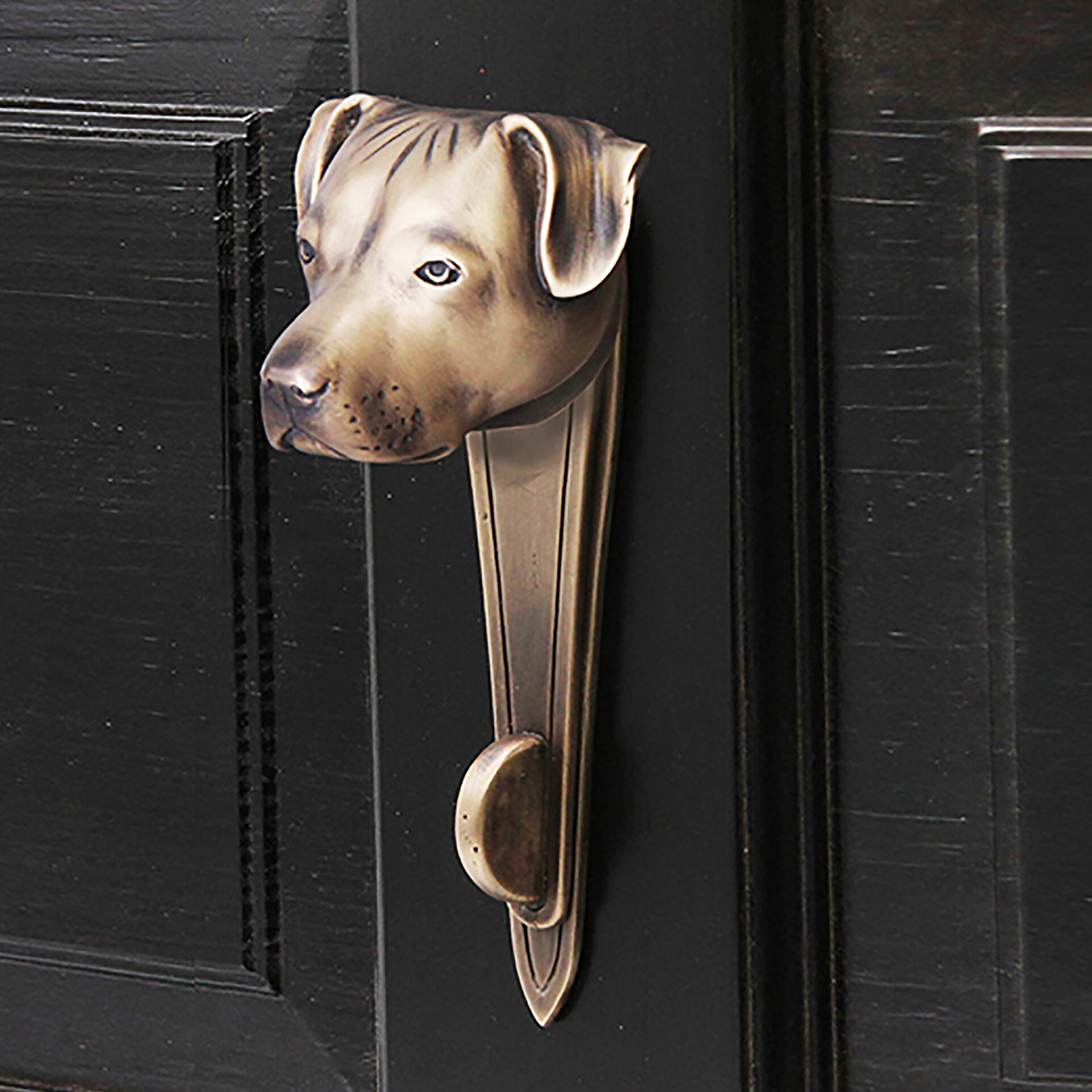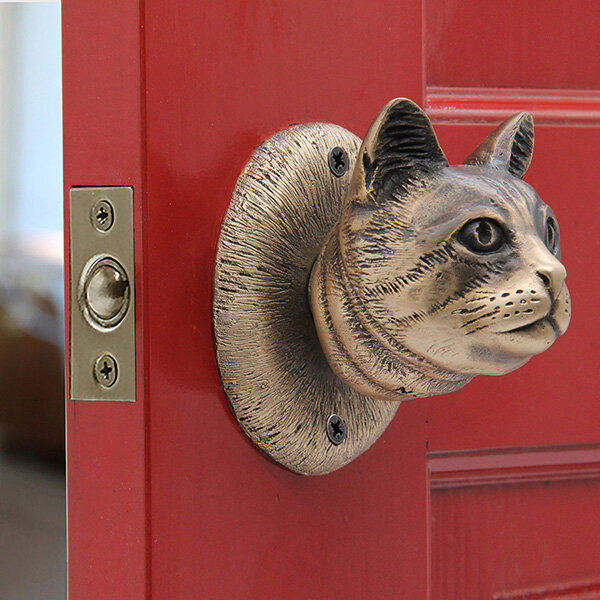This week’s post will be focusing on grey water and the drought we are facing in most of the US.
When considering a title for this piece I had a flashback to childhood and remembered my English literature teacher who once a week read a poem to the class and one occasion she read “The rime (rhyme) of the Ancient Mariner” and for homework we had to memorize 3 verses. If you haven’t read this master piece written by by Samuel Taylor Coleridge in 1798 it is worth struggling with it’s ballad format and use of old English words but to get into the rhythm of the poem you may first need to re-fresh your understanding of iambic meters. The poem is a very imaginative layered piece that on the surface tells the story of mariners on the sea who befall calm windless waters and are cursed by the actions of one sailor. The imagery is powerful and chilling and deals with issues of morality, punishment, loneliness and redemption and is poignantly pertinent to our current global nightmare.
Back to present day. In previous posts I have documented how we responded to the California drought by replacing our water sucking gardens at home with drought tolerant plants that are drip-fed rather than sprinkler fed. In recent months we have further reduced our consumption by using our dishwasher more often, showering less and relying more on bathing with sink water. I ran the calculations and for the pre-saving years in a 60 day period we consumed 4,700 cubic feet compared to the current amount of 900 cubic feet. Gallons are easier to understand (multiply by 7.48) so for a 60 day period the pre-daily gallons use was 586 compared with our current daily gallons use of 112 gallons per day (900x 7.481= 6,733 divided by 60 = 112 gallons) this is for a household of 2 humans and 2 canines. A report from the Legislative Analyst’s Office for 2016 showed that one person on average uses 85 gallons.
We have reduced our water use by 80% to 112 gallons or 66 gallons per person but how can we reduce this further? That is what we hope to find out in our meetings with grey water and rain water experts we are meeting at our home. As we cannot realistically consume less we are looking to see how we can recycle what we use from one area to another. Grey water is water that comes from water from showers, tubs, bathroom sinks and washing machines. Black water is what comes from toilets, dishwashers and kitchen sinks. I am assuming that the grease and meat scraps in the kitchen sink and dishwasher prevent these sources from being recycled but this is a question I will have for the experts. I also need to understand if grey water needs to be filtered and or treated with an organic compound before it can be safely used to water my trees and plants.
While we have not received much rain over the last 2 years, I am hoping that when we do I can store and filter it to a level suitable for drinking and if not to supplement our grey water system. Storing rain water will be a challenge as our home is on a small down hill slope and there are few flat areas to place storage tanks, yet another question for the experts.
The agave plants at the beginning of this post were on my morning hike and they reminded me of the agave candlestick holders we have made.


